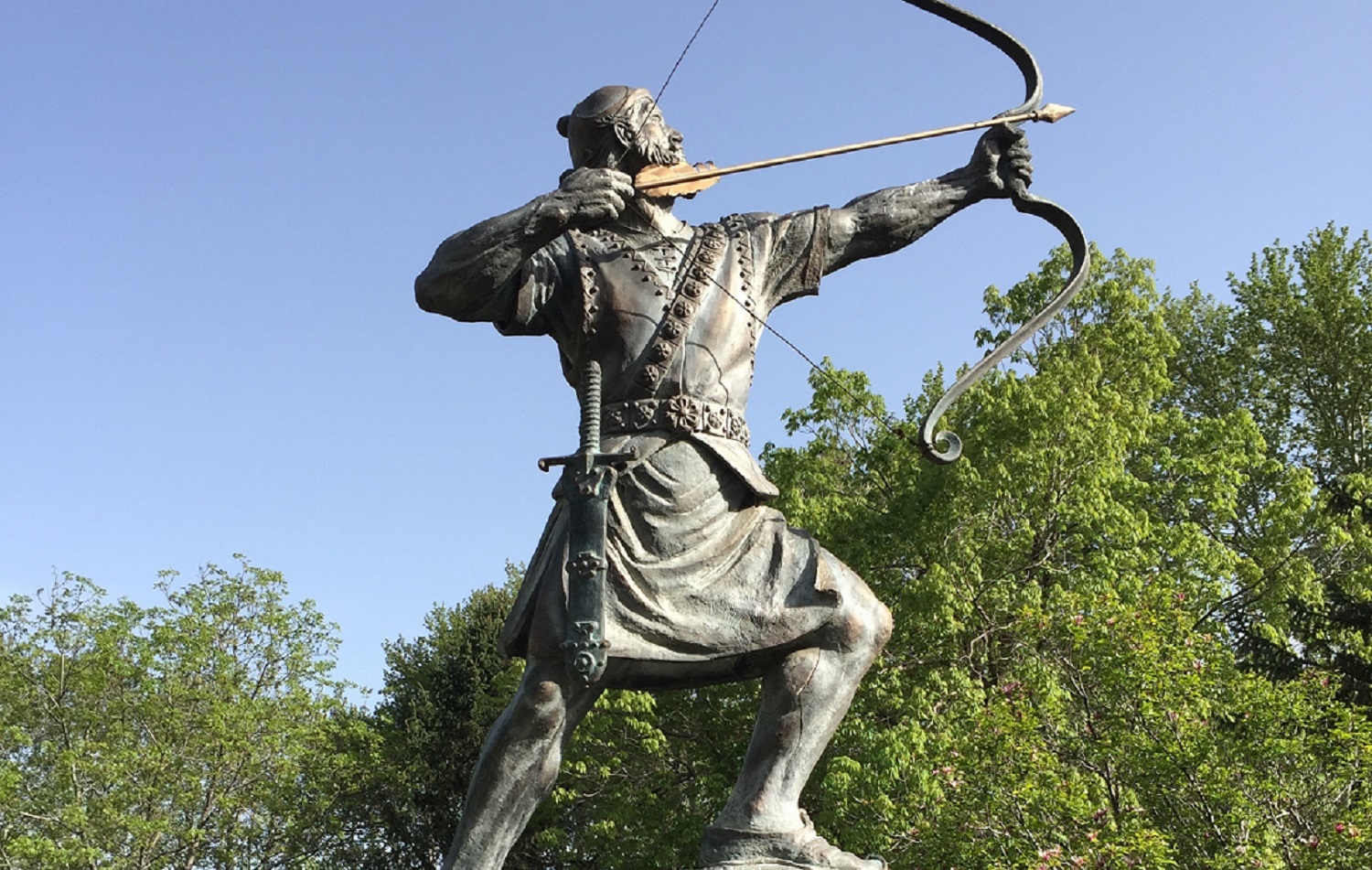It is natural to think of holidays as an opportunity to rest and sightsee, to eat and drink well, and, of course, to visit places that you haven’t been before. We wanted something more: somewhere that would stretch our minds and challenge our thinking; a place which would exhilarate and engage us at the same time.
A couple of friends of ours had been to the Middle East with a company called Political Tours (‘intelligent travel for enquiring minds”), liked it so much they wanted to use them again somewhere else, and so we all agreed to go with them to investigate Iran. This was to be a nine-day journey tracking the changes that have taken place in the country since the 1979 revolution and looking ahead to where it is going these days.
This was the first time I had visited a country about which I knew so little. Some of our friends were simply afraid for us. We knew we were entering a country where tourists had been few and far-between for years and where international sanctions had only just been lifted. And we knew that this is a country where our understanding of the culture and beliefs are undermined in the West by a ‘fear of others’. Muslim countries tend to be blended together as if they are all the same; we were to discover some unique features about Iran.
But before the story of our trip unfolds, we did experience various challenges. The Visa. The process could put off those less determined. It is essential to check with the Foreign Office Travel Advice before booking. And you have to have a passport which does not show you have ever visited Israel.
We went in mid-April. The weather is warm then, although it can be chilly at night, particularly in the more mountainous regions. The tulips, roses, cherries, fruit blossom and budding trees extenuate the extraordinary dichotomy between the dry earth of the desert and the verdant countryside. Spring is the best time to visit as it gets very hot during the summer, which can be uncomfortable when abiding by Iranian dress codes.
And, of course, as a woman: what to wear? A hijab (a “covering”, usually a headscarf) is mandatory at all times unless you are inside the privacy of your hotel room or someone’s home. And women have to wear a long shirt or dress which goes down to the knees, mainly to cover the crotch, which we understood can cause great offence. Under the Shah, the hijab and other forms of Islamic dress were forbidden so for years many women never left their homes because for them going out without the appropriate dress felt like they were going out bare-breasted. Men must wear long sleeved shirts and no shorts. And causing offence in a country that has hundreds of morality police didn’t seem such a good idea.
Iran is a cash economy so there are no credit cards or travellers cheques, just dollars or euros. We had paid almost everything upfront but when we did have to pay for anything in cash it was complicated and the prices fluctuated wildly. Fortunately, we had two guides fluent in Farsi who came to our rescue whenever necessary.
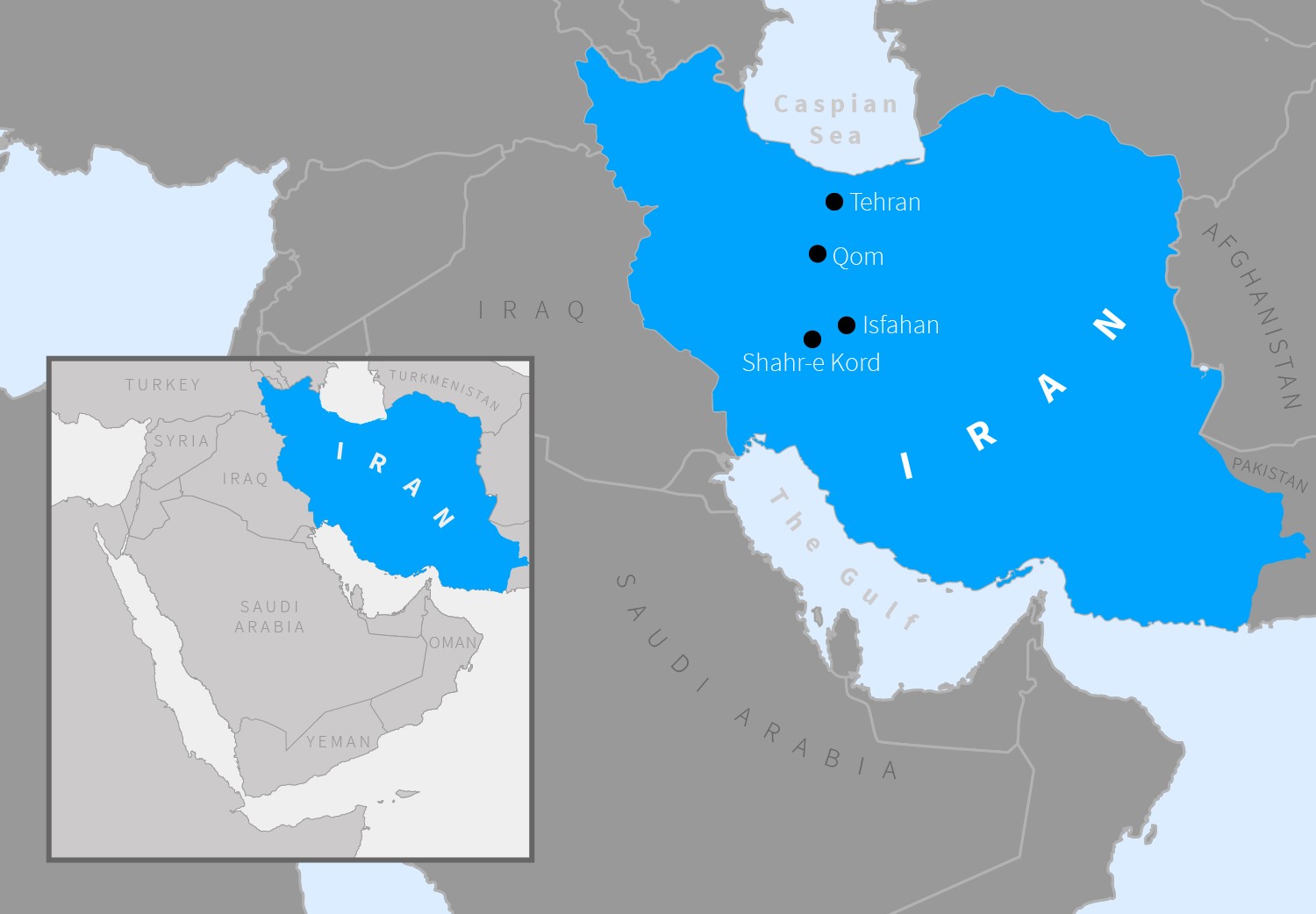
We started our trip in the middle of the country, in the city of Isfahan trying to understand the lives of ordinary Iranians, and the town of Shahr-e Kord visiting businesses to see the impact of sanctions. Then we moved north to Qom, the religious centre of the country. In Tehran, we spent time looking at Iran’s system of government, its media, economy and relations with its neighbours.
Isfahan
As we flew over the desert surrounding Isfahan at six in the morning, the pink and warm glow of the sunrise tinged the mountains and heightened the colour of the red earth along with my excitement. After waiting for our visas to be checked, we found ourselves on a large comfortable air-conditioned bus with our mandatory Iranian state-guide, Mohammed, our two Political Tour leaders, Nicholas and Karen, and our chief guide, Christopher de Bellaigue, an expert who proved to be an invaluable fountain of all knowledge (his thoughts on Iran can be found in all good bookshops).
The tour started in Isfahan, Iran’s third largest city, as it is a relatively easy place for visitors to get an insight into normal Iranian life, both urban and rural. One of Iran’s most beautiful and conservative cities, many here see themselves as a bulwark against creeping Westernisation. It provided a historical and cultural context to our trip.
We stayed at the Abbasi Hotel, which claims to be the oldest boarding-house in the world; it is certainly a throwback to at least the 1970s with its penchant for avocado bathroom suites. We had a huge bedroom, with TV and wifi (which we weren’t expecting), overlooking a large courtyard with beautiful gardens where we had our first taste of what was to be endless cups of tea and sweet cakes.
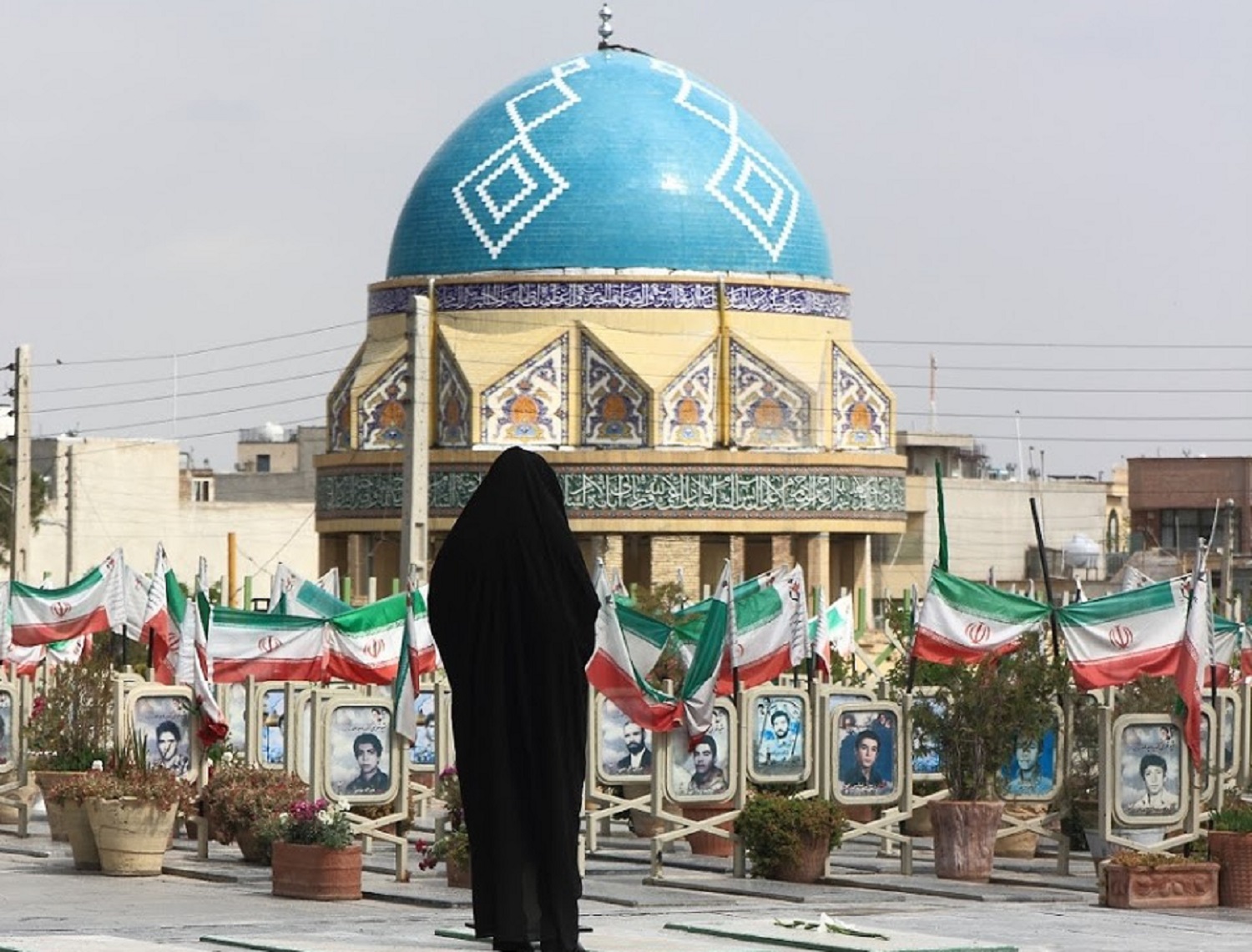
The next few days proved to be a rollercoaster of experiences and sensory overdoses. The Iranians’ commitment to beauty (through gardens, literature, music and art) while at the same time holding to a strong belief in an ideology which puts America and Saudi Arabia central to their problems for development and growth, immediately created a complicated picture for those of us experiencing Iran for the first time.
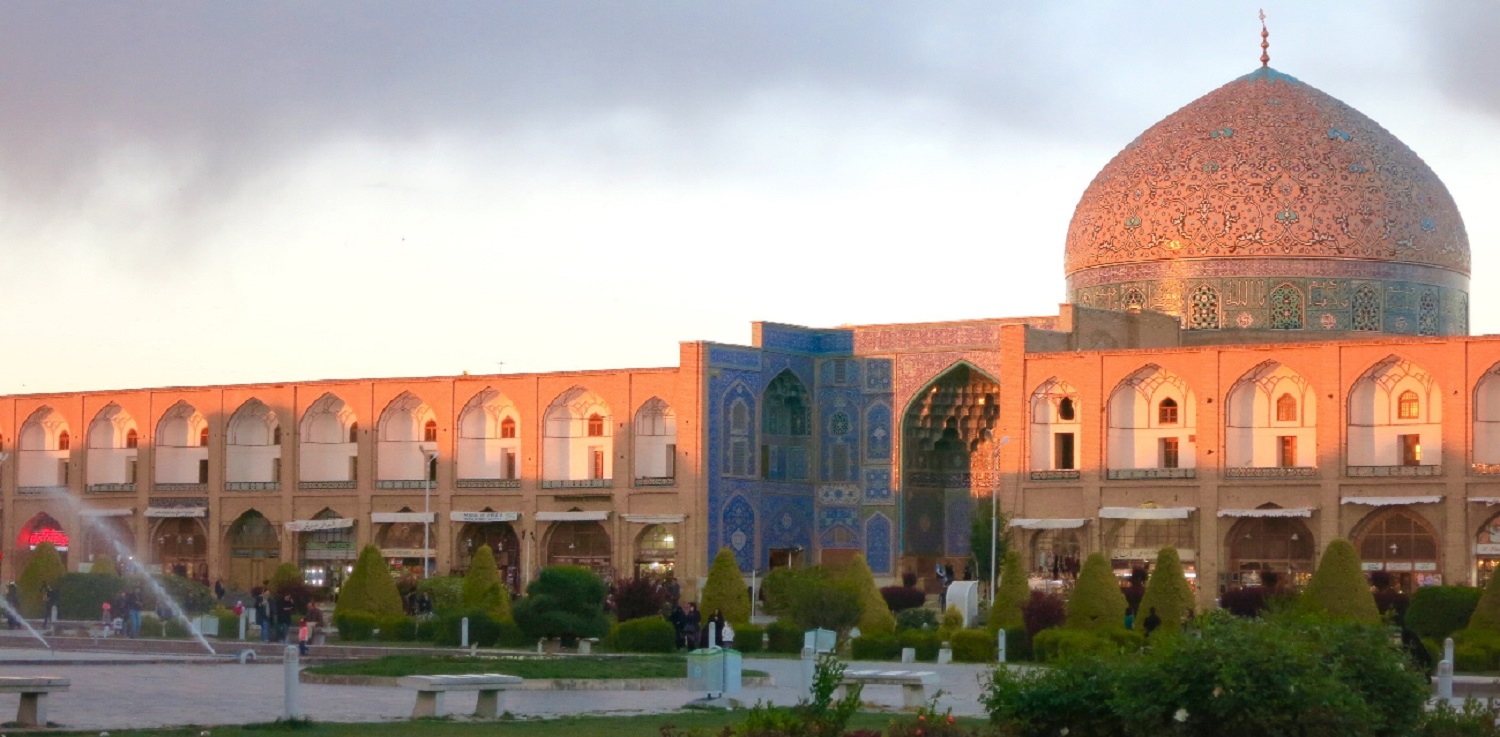
Isfahan is renowned for its stunning Khomeini Square, a UNESCO World Heritage Site, and mosques, bazaars, wide boulevards, beautiful bridges, warm and sunny climate as well as good food. Investment is being made in parks and gardens where Iranian families love picnicking and playing games. At the moment there is a metro being built which will reduce the horrendous traffic chaos. Cars do not stop at zebra crossings; we learnt to be careful but confident.

We spent a morning in the Rose Garden of the Martyrs. This is the cemetery for hundreds of soldiers killed in the Iraq-Iran War as well as for victims of the Shah’s government. While everyone in the cemetery greeted us with friendliness, young girls in a school party were chanting “Death to America” which the mullah, who is employed by the cemetery, translated for us. Yet strangely the atmosphere was not threatening. They carried on as if it was completely normal and the mullah did not seem the slightest bit uncomfortable when we explained that we had an American traveller in our party.
During the revolution music was banned (along with dance, chess and art) but we visited the Museum of Music and met the two inspiring owners who had hidden old and precious instruments during this period (particularly a Tar – the instrument that gave birth to our guitar). They believe that music can be a bridge to the West and talked passionately about developing relationships with musicians around the world. The Museum has a great coffee shop and a little garden to sit outside. We had a wonderful time listening to a group of musicians playing traditional and more contemporary music.
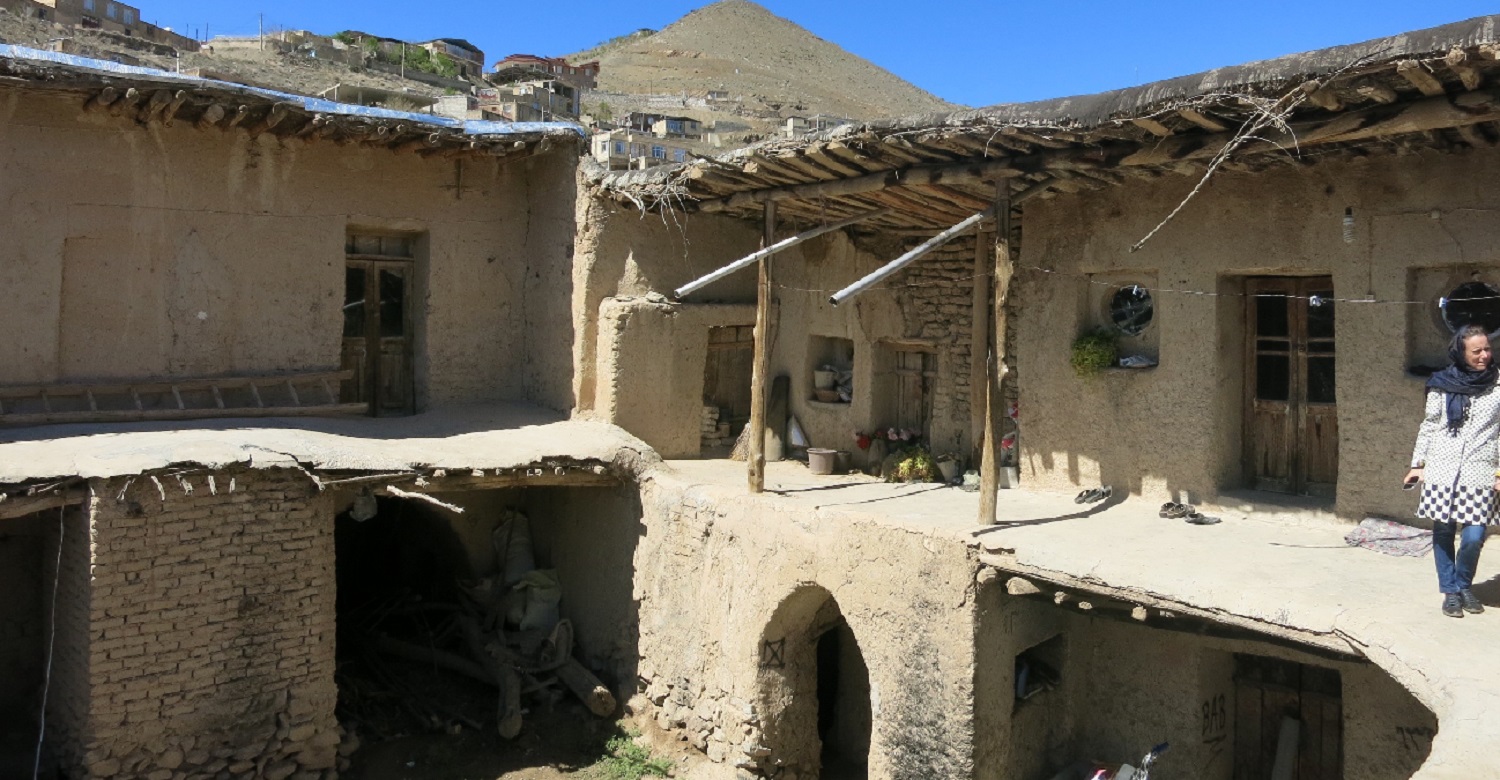
We visited a local village, Yaseh Chah, and the associated farming community, just outside Isfahan, where we experienced the hospitality of the local village leader who let us have a wonderful picnic on his land by a river. We learnt that Iran is realising the importance of preserving the history of its buildings and has established a Department of Restoration and Rehabilitation of Historic Buildings. The village has houses made of mud, wood and brick, with lots of covered arches, leading to mud tunnels, protected by locked doors to deter invading tribes. It is like going back in time yet there are many families still living in these ancient homes, although they all have mobile phones.
Shahr-e Kord
We travelled about 90 kilometres south west to Shahr-e Kord. At 2,070 meters above sea-level, this is the highest city in the country, and is therefore known as the “roof of Iran”.
We were taken to two important factories. I realise that this is an odd thing to do on holiday, but we learnt so much about the impact of sanctions and the resilience of Iranians to carry on regardless that it was more than worthwhile.
The first was Barfab, a water-cooling factory. We met the owner (educated in the US) and his staff, had lunch, and were shown around. When we asked about his staff’s access to prayer, we were astonished to find he expects them to do it at home not at work. Their products are cheap but old fashioned and perhaps surprisingly the main clients are Iraqis.

Although there seemed to be zero health and safety at Barfab, we had an ambulance following our coach around the cement factory. This is a state-run, modern, technologically-advanced facility that has a very wide portfolio of local and international clients. Business leaders here are looking for investment and new markets. However, it was clear that restricted access to new technology and the impact of the sanctions have inhibited growth.
Qom
It is 400km north to Qom, the largest center for Shi’a scholarship in the world, and therefore the religious centre of the country, where the most important seminaries are located. The atmosphere is similar to any highly religious city, except there are no tourist attractions so it is not usually considered a centre for foreigners: non-Shi’a are not allowed into the main mosque or any other shrine.
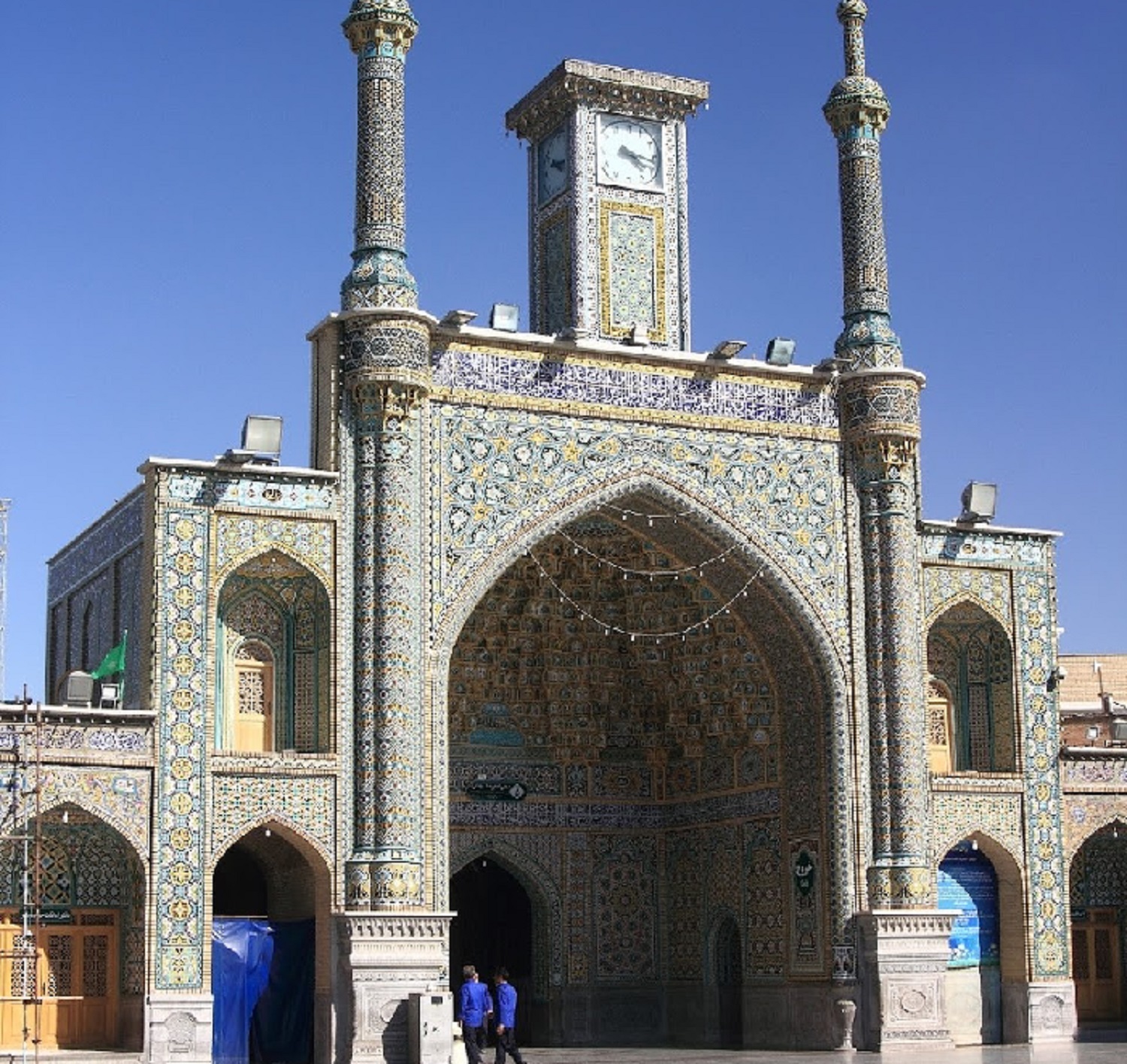
This is, however, a significant destination for pilgrims and for us it was the place to learn about the different groups which exist around the state-backed religion. (Qom is also famed for a brittle toffee called Sohan, which is reputedly sold by as many as 2,500 local shops.)
It was a real a privilege to meet a highly respected and elderly mullah, a liberal reformist, who was quick to reassure us of his commitment to equality, his desire to see more women become clerics, and his willingness for the hijab to no longer be mandatory. Some 60% of all those leaving university here are women.
We also visited a less reformist mullah, the leader of the main mosque. While we were there we were privy to a hugely emotional funeral parade for seven Afghan soldiers who were fighting for the Revolutionary Guard and had been killed by so-called Islamic State. For this meeting, we women had to wear a full chador (a full-body garment) – not a look to be repeated at home.
Iran was proving to be a country of contradictions and could feel uncomfortable at times. On the one hand, there is a real and genuine desire for reform by some; and on the other, many are obviously still locked into the traditionalist theocracy which has so tightly controlled the country since 1979.
Tehran
It is just another 125km north east from Qom to Teheran. When we stopped at a main service station on the way, amazingly in the ladies loo everyone took off their hijabs and shook out their hair. The service station was being refurbished in one area with huge wall pictures and there in the corner with a few other random photos was one of Nick Clegg. (I sent this to him when we got back and he was very amused.) The roads are impressive and the general commitment to improving infrastructure in the cities chimes with all we were told about Iran’s desire to ‘catch up’ with the West.
Surrounded by snow-capped mountains with ski resorts, Tehran’s elite and its poor live in a city of wide tree-lined avenues, terrible traffic chaos, fast food, pastry shops, plastic surgeons, designer shops, and excellent restaurants (there are no bars but there is an alcohol and drug problem). We happened to arrive on “Men’s Day” – when Iran celebrates the birth of Iman Ali and a sort of bank holiday – so luckily there was little traffic.

Tehran has its very own garden bridge – the Tabiat or Nature Bridge – adorned with tulips (the martyrs’ flowers) and roses (the national flower). It is home to the Shah’s palaces, the National Museum, the Museum of Contemporary art, Iran’s tallest building the Milad Tower, and of course wonderful carpet shops. Tehran has a very cosmopolitan feel to it, with expensive houses and shops and smart restaurants. We stayed in the Espinas Hotel which felt very contemporary.
We had meetings with a private hospital, and a private girls’ school (where each girl used their own e-tablet) with sophisticated teaching techniques, an ice rink, a gym and a beautiful garden. We also met with stockbrokers and the head of a major bank. We discovered that every single Iranian has a bank account; and though no one has credit cards, the majority of people in prison are there for debt (with the average personal debt at around $20,000).
It felt to me that Iran badly wants trade with the West, although it already has excellent trading arrangements with China and India. It is eager for foreign investment and new markets as it seeks to re-open its ties with the West.
On a lighter side, we did manage to fit in a visit to the Grand Bazaar where the fruit and vegetables would match any market in the UK. One of the very special highlights of our trip was the opportunity to have dinner with the family who organized our internal arrangements in Iran. They welcomed us with open arms, we were allowed to remove our hijabs as they cooked us the most wonderful meal.
The Iranians love their rice (such as tadigh, a crunchy fried rice) which comes from the north of Iran near the Caspian sea, often served with saffron and with the starch removed. A typical meal would consist of Fesenjan (pomegranate walnut stew), Ash e Reshteh, a traditional noodle and bean soup, and lots of doogh, which is a yoghurt drink. Another favourite is faludeh, similar to ice-cream but made from the starch of rice flour and with lemon juice added on top.
Interestingly, that evening, for the first time we experienced a degree of suspicion. One young man (who had been educated at Bath University) questioned our motivation in coming to Iran.
Western media has reported recently that there are rising concerns in Iran about the impact of Westernisation. In Tehran alone, 7,000 new undercover morality agents have been employed to make sure women abide by the rules of the hijab and so on. Even dogs get caught up in the list of activities which upset the authorities.
Again, we managed to find a liberal oasis here too. We visited a small art gallery where we met the wonderfully flamboyant artist/owner. She introduced us to jewellery designers and art students. The clothing here was very relaxed, there was delicious coffee and apple cake, and very importantly, great loos. We bought a painting which has since arrived in the UK via her sister, who is a jewellery designer selling to Harvey Nichols.
We visited one of Iran’s national and conservative newspapers, Ettelaat, just one of 180 dailies controlled by the Ayatollah. We met the editor, a cleric. We also met a leading politician and a former advisor to Ayatollah Khomeini, the father of modern Iran. But these meetings could provide no consistent answers to my questions about Iran’s human rights record or the freedom of the press. Why couldn’t we access twitter or facebook, for instance? I got conflicting answers from the reformists and from the traditionalists on these points and left unsatisfied.
As we dug deeper into the culture of Iran it became increasingly clear that this is an extremely complex and often contradictory country, tinged with an underlying hypocrisy. I feel we had gained a good understanding of the damage caused by the Shah’s reign, an appreciation of the inevitability of reversing back to a strict theocracy, but also a sense of how the country is now wishing to rise again to become the new shining light for the Middle East. However, it would be naïve to ignore the challenges they face, not least their relationship with the American and British governments, Saudi Arabia and Yemen. As a Shi’a country Iran is investing heavily in the collapse of so-called Islamic State, which in turn is a concern for some of its Sunni neighbours. However, it appears that Iran is going to great lengths to support the stability of Iraq as well as deal with the million Afghan refugees they have allowed into their country.
Iran cannot be taken at face value. We were to discover that it is one of the most mysterious and increasingly powerful nations of the world. Such a realisation exposed a naivety amongst us travellers about its reality.
But change is happening – slowly and very carefully and methodically. It wouldn’t take much, I suspect, for the country to dip back into the tightly controlled and underhand indoctrination which pervades the theocracy. But the reformists have infused me with some hope for the future. All in all, I would strongly recommend Political Tours to anyone wanting to get under the skin of complex countries and do more with their holiday than just see the traditional sights in the traditional countries.


